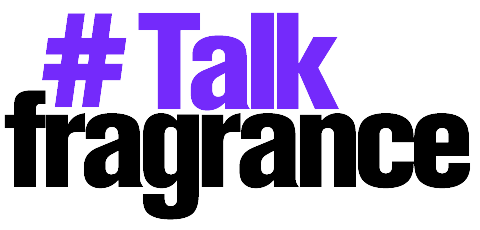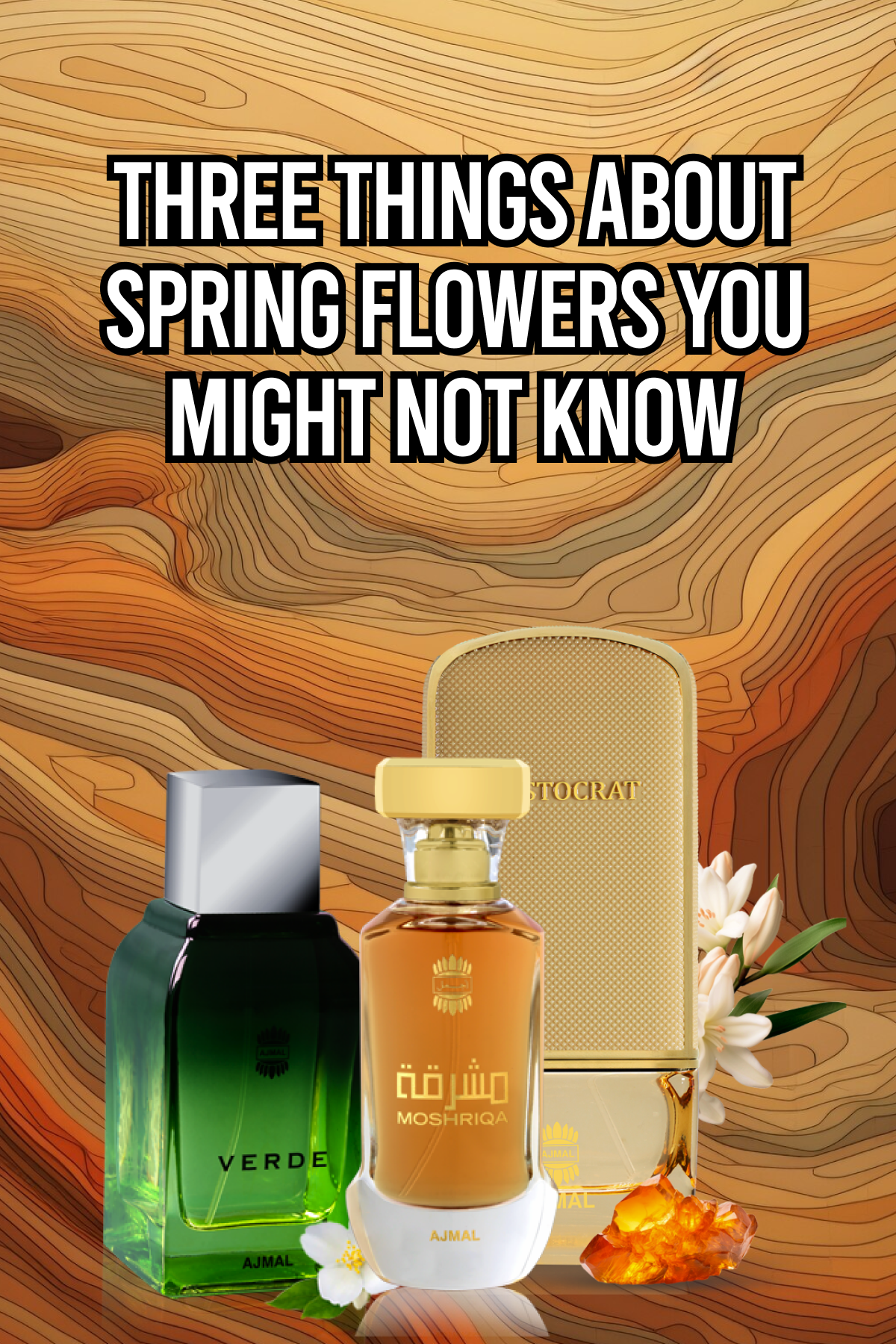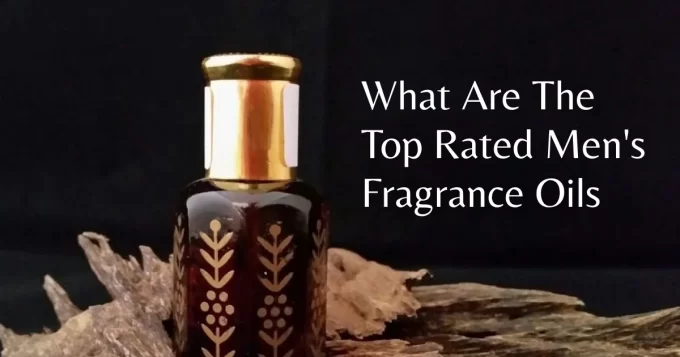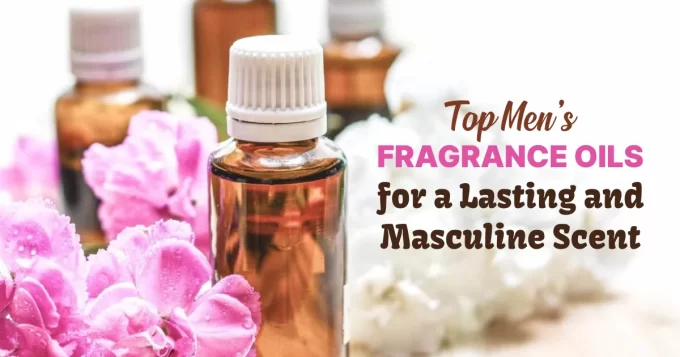Three Things About Spring Flowers You Might Not Know
The appearance of spring’s colorful flower blooms is one of the most eagerly anticipated sights of the shifting seasons, as the chill of winter gives way to milder weather and longer days.
These flowers are a joyful sign of rebirth and regeneration, from the delicate crocuses poking through the last stubborn heaps of snow to the vibrant carpets of tulips and daffodils illuminating gardens and parks.
These classic springtime flowers may seem familiar to us, yet there may be a lot to them that we are unaware of. Surprising and fascinating characteristics can be found in their histories, cultural significance, and even in the ways they interact with their surroundings.
Thus, when you take in the yearly display of spring flowers, think about these three observations that might help you understand the flowers you adore better:
The Historical Background of Spring Flowers
Humans have adored many of the flowers we associate with spring for thousands of years. For instance, consider the daffodil, which has been grown for more than 4,000 years. Representations of daffodils may be found in Greek and Egyptian art and literature.
Another iconic springtime flower with a long history is the crocus. In the ancient Mediterranean civilization, this delicate blossom was highly valued for its vivid purple hues, which were utilized to make precious saffron spice and dyes. These ancient civilizations also included crocuses in their mythology and religious rites.
Even the common dandelion, which is nowadays so frequently considered a pest, has a fascinating past. Throughout history, societies from China to North America have utilized this hardy tiny flower for food and healing. The word “lion’s tooth,” or “dent de lion,” in French refers to the form of its leaves and is where the name originates.
The next time you see the first signs of spring emerging from the ground, keep in mind that you are observing the survival of a 5,000-year-old botanical legacy. These flowers have captured people’s attention for thousands of years and they still do.
Spring Flowers’ Crucial Function in Ecosystems
In addition to being visually pleasing, springtime floral displays are essential to the balance and well-being of larger ecological systems. As they emerge from their winter hibernation, many of these early bloomers serve as vital food sources for a variety of pollinators.
For instance, during the vital first few months of spring, bees, butterflies, and other pollinating insects depend heavily on the nectar-rich blossoms of crocus, hyacinth, and snowdrops. A great deal of pollinator populations would struggle to live and grow in the absence of these plentiful floral resources.
Spring flowers are not only crucial pollinator food sources, but they also function as key markers of seasonal change. When they blossom can reveal important information about the general health of an ecosystem and the arrival of warmer weather. Variations in spring flowering patterns may indicate more significant environmental stressors or climate change.
Therefore, even while we may appreciate the aesthetic beauty of springtime blooms, it’s critical to understand their broader ecological value. These flowers are vital parts of complex natural systems that maintain the equilibrium of our planet, not merely beautiful blooms.
The Importance of Spring Flowers in Culture
In addition to their exquisite beauty, springtime flowers have always held significant cultural significance and symbolism. These blossoms are intricately woven into the fabric of human society, from their religious and mythological origins to their use in creative expression and festival customs.
Springtime blooms such as lilies, cherry blossoms, and lotuses have long been associated with concepts of rebirth, rejuvenation, and the natural cycles of life in many civilizations. They are powerful representations of concepts like divinity, purity, and the transient aspect of life because of their delicate yet robust character.
Beyond these ethereal connotations, spring flowers have also been welcomed as inspirations and motifs in poetry, music, and visual arts. Over the ages, innumerable artistic creations have drawn inspiration from the delicate beauty and fleeting nature of these blooms, including Japanese poets’ haikus and the famous paintings of Van Gogh.
The cultural significance of spring flowers persists even in today’s technologically advanced world. These blossoms continue to be an essential part of the yearly customs and festivities that herald the arrival of the new season, from the tulip parades in the Netherlands to the cherry blossom festivals in Japan.
Thus, keep in mind that you’re witnessing more than simply a work of horticultural art the next time you pause to appreciate the springtime blooms in your garden or local park. Along with this, you’re joining a centuries-old web of human history, mythology, and artistic expression that surrounds these cherished floral emblems.
These are but a handful of the amazing realizations that might heighten our awareness of the beauty of springtime blooms. Through an appreciation of their historical provenance, ecological functions, and cultural importance, we can cultivate a deeper, more complex viewpoint on these modest yet magnificent blossoms. And as we rejoice in their yearly return, we may honor not only their aesthetic value but also their lasting significance in the epic tale of the human race.













